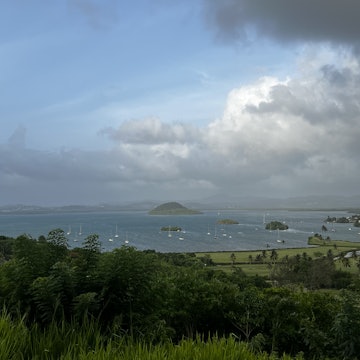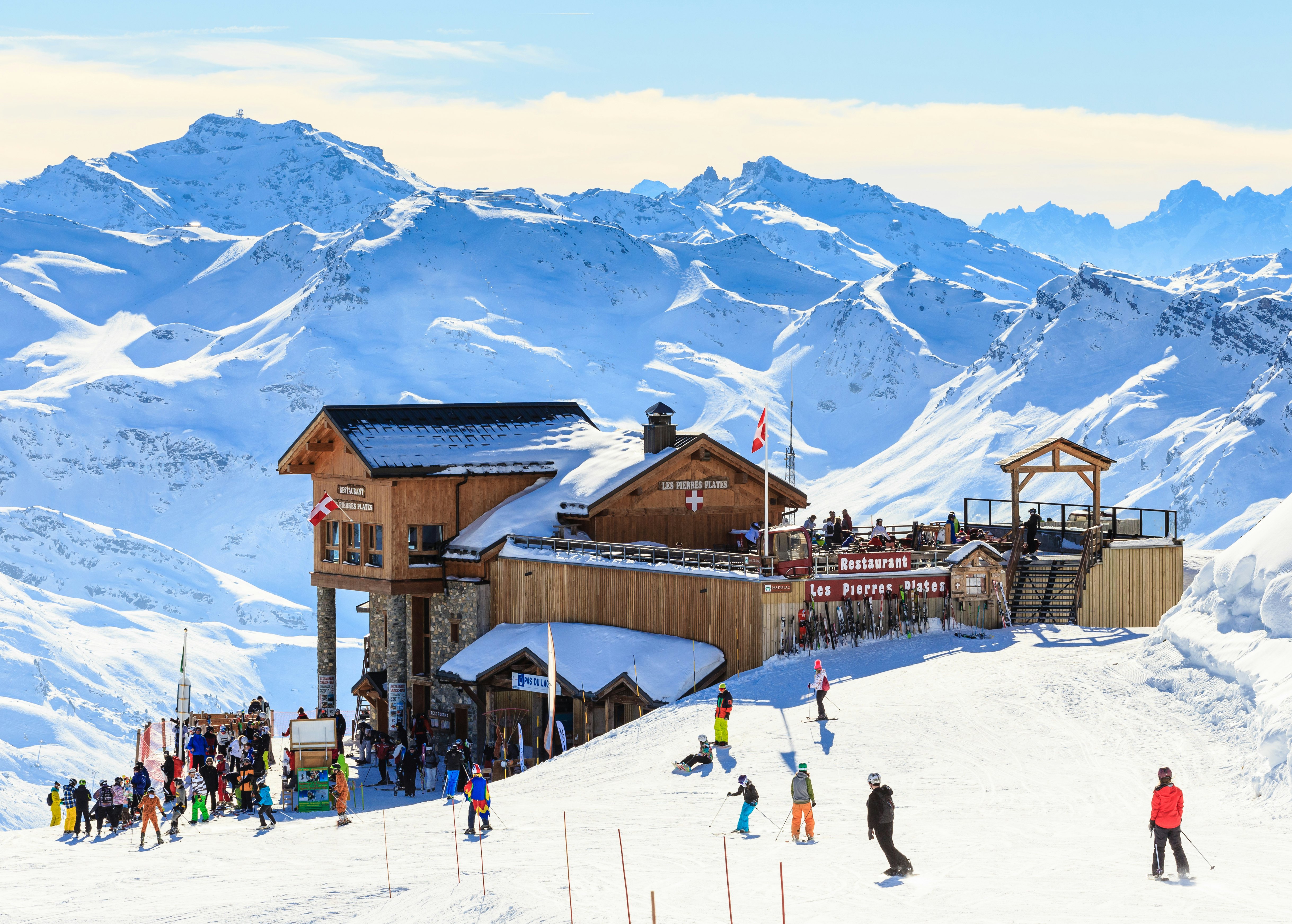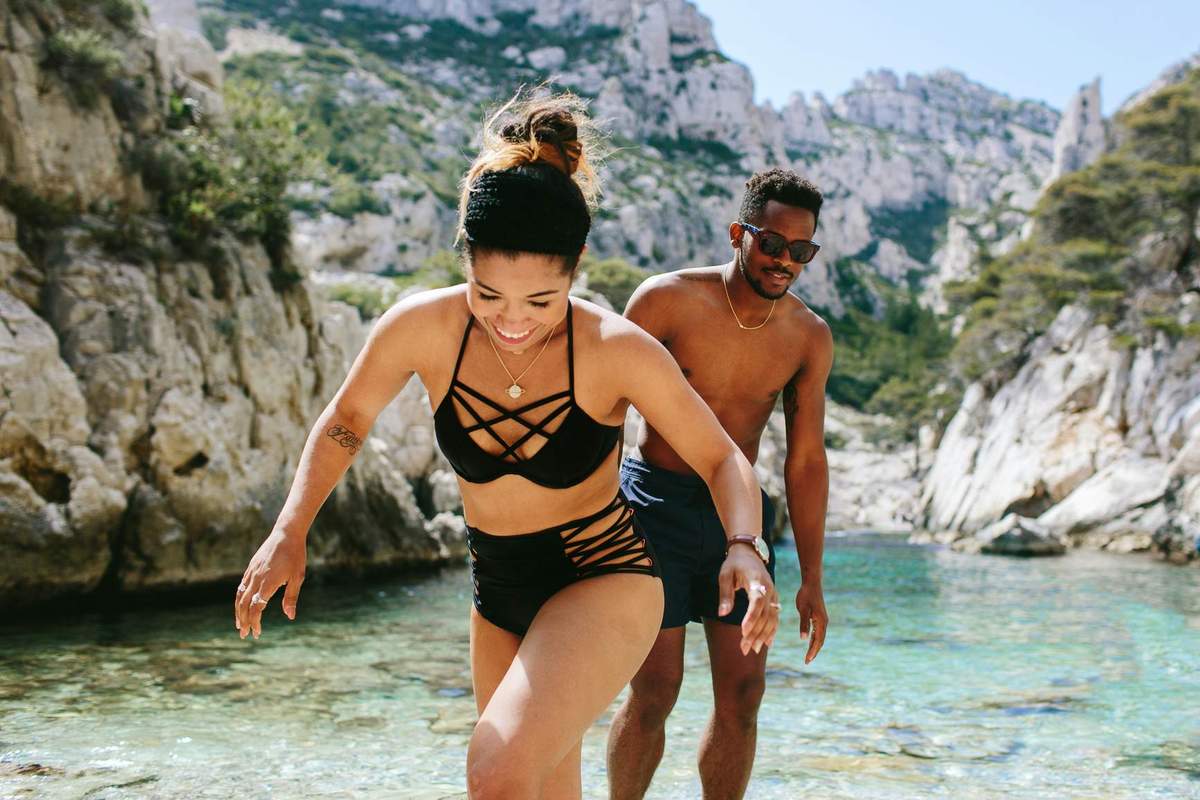

The beach club at the Carlton Hotel, Cannes. Violette Franchi for Lonely Planet
France offers Alpine giants, subtropical Mediterranean gardens and a calendar of festivals celebrating everything from free music to garlic. So the best time to visit the fabled country depends on where you want to go, and what you want to experience.
Thanks to its array of climates and attractions, France is a true year-round destination. Paris, for example, never sleeps (even if it does take a bit of nap every August, when Parisiansflee the city for their sacrosanct annual vacations). Many parts of the country are highly seasonal; outside of the summer in rural areas, you may find nothing open at all. This seasonality is most pronounced in Corsica, where there’s only a narrow window – in May, June and September – between “completely dead” and “the arrival of the whole of Paris.”
France has three broad climates. The north and west of France (including Paris) have mild, wet winters and warm to mild summers. The Mediterranean has hot, largely dry summers and mild winters, while the Alps have snowy, cold winters and cooler summer temperatures.
Got all that? If not, read on for a full primer on the best times to visit France.

December to April is the best time to hit the slopes
December sees many French towns turn into nativity scenes – particularly in Alsace, where the German influence runs strong and Christmas markets are an institution. While the largest is in Strasbourg, many prefer the smaller markets in the half-timbered towns of Colmar and Riquewihr. In Lorraine and parts of Alsace, St Nicolas Day on December 6 is more important than Christmas, and celebrations in Nancy, Metz and Epinal see a threatening and grubby “Father Whipper” accompany St Nicolas to give out coal and turnips to naughty children. (Fortunately, he doesn’t actually whip them.)
Rising temperatures mean that winter weather is becoming increasingly unreliable in the Alps, and many of the lower-level ski resorts have opened only between mid-January and mid-March in recent years, if at all. The higher, larger resorts (such as Serre Chevalier, Les Trois Vallées and Les Portes du Soleil) consistently open from early to mid-December through mid-April. The ski season in the Pyrenees also runs from December until April.
Off-piste, this also is the season for snowshoeing and cross-country skiing – both particularly popular in lower-level areas, including the pre-Alpine massif (Chartreuse, Vercors and the Bauges), the Jura and central Auvergne. Even ski stations at altitude are looking to diversify their offerings in the face of the climate crisis. Popular alternatives to skiing include ice karting in Serre Chevalier Briançon, ice diving in Tignes, and cold-water paddle boarding on the glacial waters of Lake Annecy.
January to March is carnival time, with France’s two most famous taking place at opposite ends of the country, in Nice and Dunkirk. (The latter has a particularly stinky tradition, in which herring are thrown into the crowd.) Menton, near the Italian border, celebrates its perennial summer spoils with the annual lemon festival, held from mid-February to early March.

May and June bring southern sunshine with fewer crowds
A festive feeling takes hold in France from the start of May, thanks in part to the numerous public holidays (Labor Day on May 1, Victory Day on May 8 and Ascension Day on May 9). Many French people take advantage of these holiday days to ”bridge” them with the weekend – and a few days away. Giant electro festival Nuits Sonores takes over former factories and abattoirs in Lyon during a five-day party. On the night of the summer solstice (June 21), La Fête de la Musique brings free alfresco music to major cities and smaller towns all over the country. In May, Cannes’ world-famous film festival draws stars of the silver screen from all over the world to the Croisette.
Keen surfers take to the southwest coast in May, when the swell is reliably clean (although the June-to-August months are better for beginners). From late May through to mid-June, the French Open tennis tournament gets into swing at Roland Garros, Paris. In late June, Provence’s lavender fields bloom, and the landscape turns a luscious shade of purple.

The French take their holidays in July and August
The height of summer is the best time to tackle some of France’s hardest, highest-altitude hikes, like the GR20, Tour de Mont Blanc and Tour des Ecrins, as most of the snow will have melted. Coastal France, particularly the Côte d’Azur, gets incredibly busy in peak summer with both domestic and international travelers. (At least you can be sure that everything will be open.)
French cities (even Paris) generally grind to a bit of a halt in August, as business owners shut up shop and head off on their own holidays. It makes it one of the quietest times to visit the French capital (bar Disneyland, whose prices and occupancy skyrocket during the summer holidays), and is often when hotel rates are at their lowest.
France’s most famous sporting event, the Tour de France is largely held in July, and the Lycra brigade race for approximately 2175 miles (3500km) across the country on a route that changes each year.

From September to November, uncork the wine
In late August through to mid-September, the grapes are harvested in France’s major wine growing regions: the Loire Valley, Bordeaux, Languedoc-Roussillon, Champagne, Bourgogne and the Rhône Valley. Independent winemakers begin their tours of the country to showcase their wares, with the Independent Winemakers’ Showrooms starting in mid-October.
After the harvest, the first wine to be uncorked – to much revelry – is Beaujolais Nouveau, on the third weekend of November. Expect open-door wine-tastings at châteaux all over Beaujolais and on France’s most riotous fancy dress wine marathon, which has at least 15 different tastings along the route.
In true French fashion, celebrating gastronomy is a priority. The culinary festivals throughout the country are weird and wonderful, with many taking place in harvest season. The Ardèche region hosts a series of chestnut festivals (Les Castagnades), and at Lautrec’s Pink Garlic Festival (early August) it’s not unheard of for garlic to make it...into the wine.
Anna Richards is one of the authors of the latest Lonely Planet France guidebook.
















